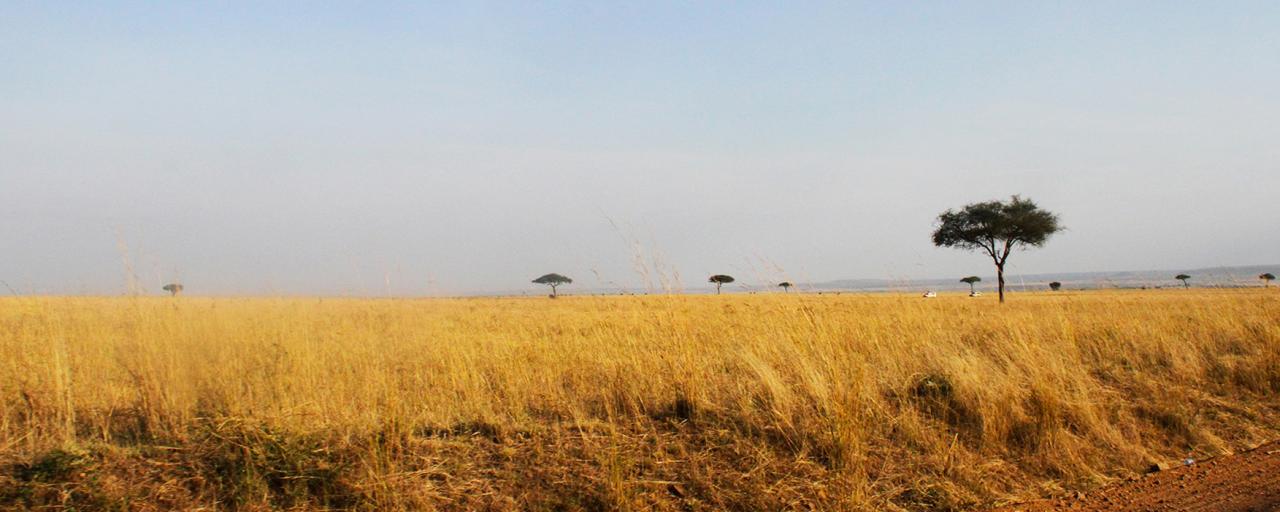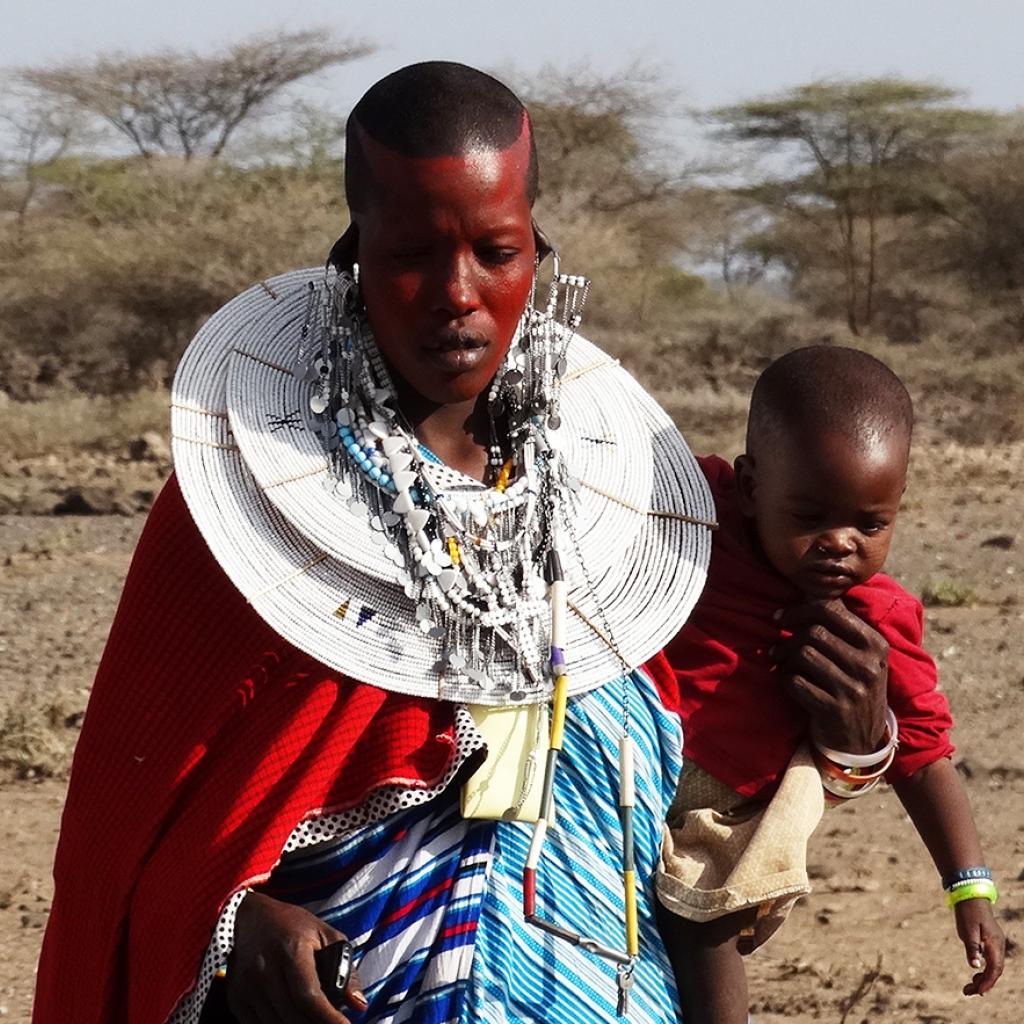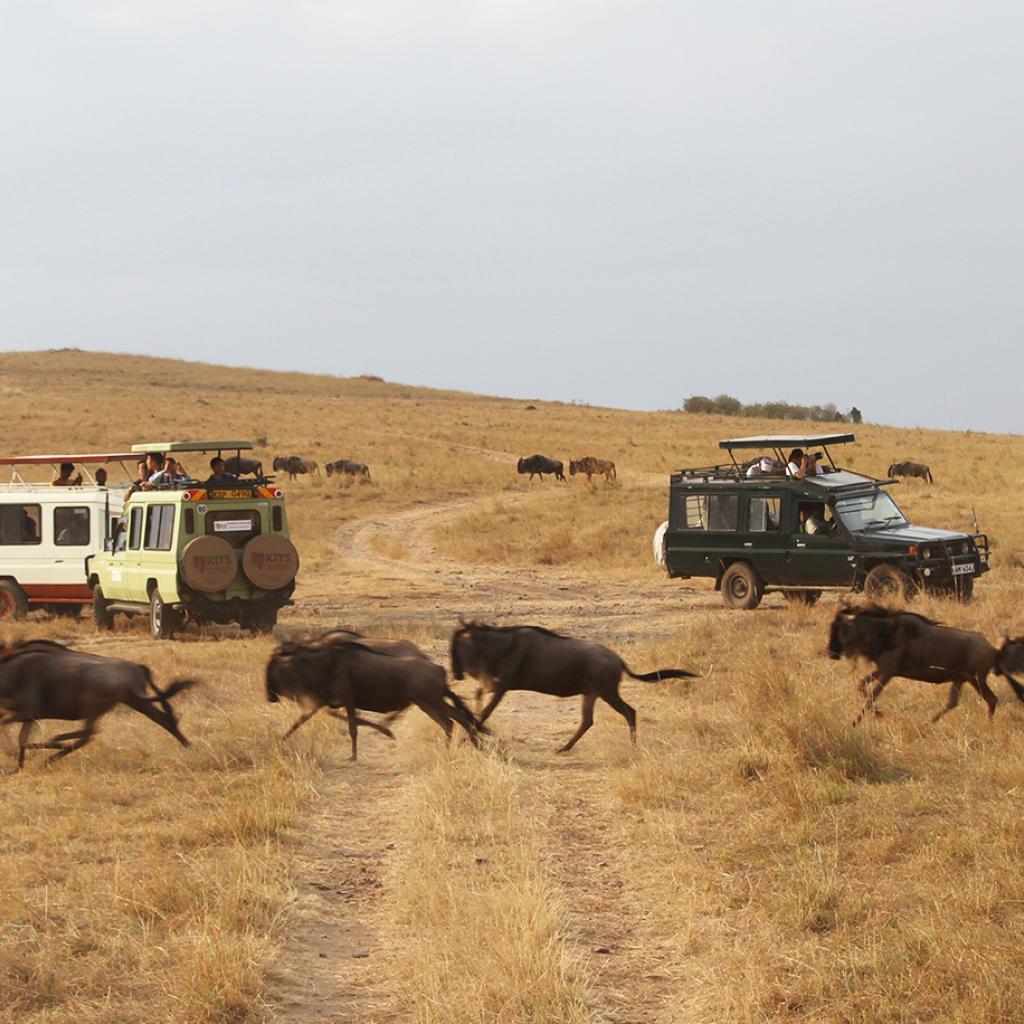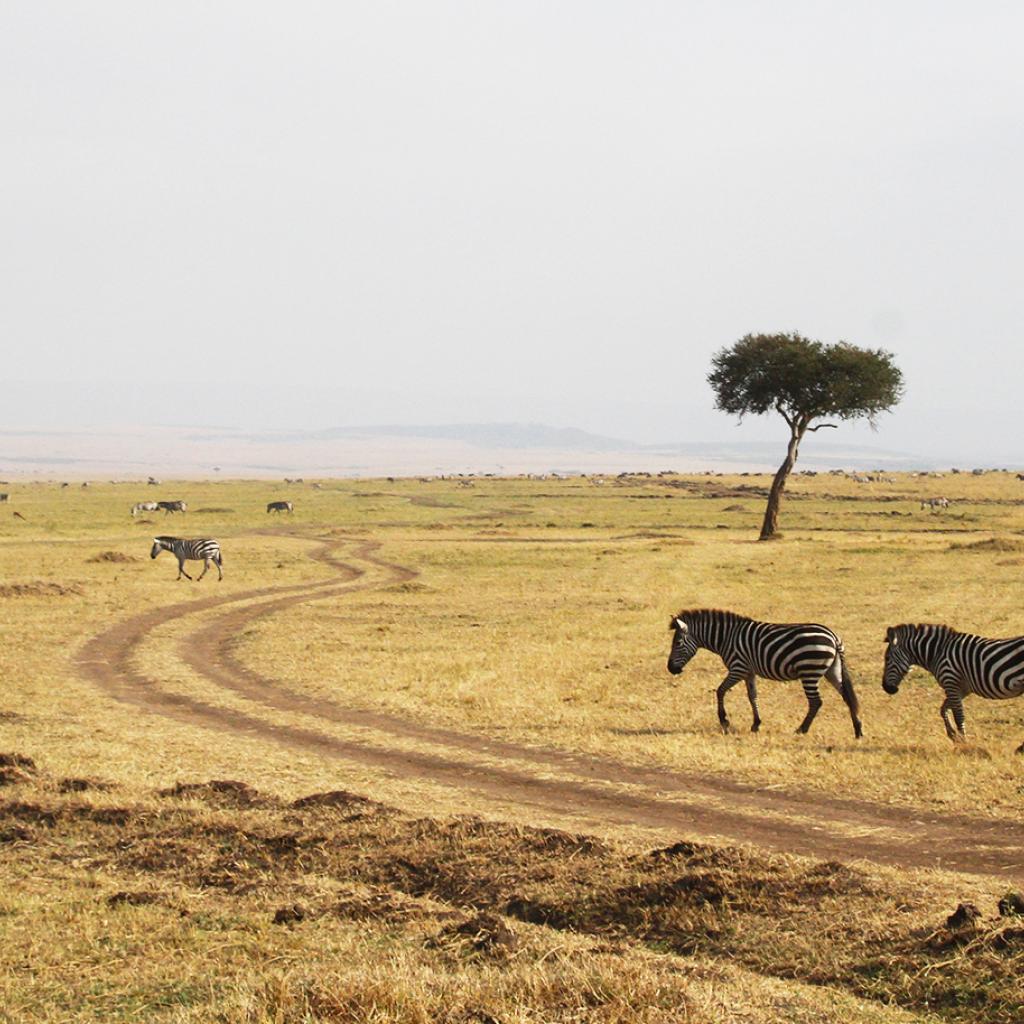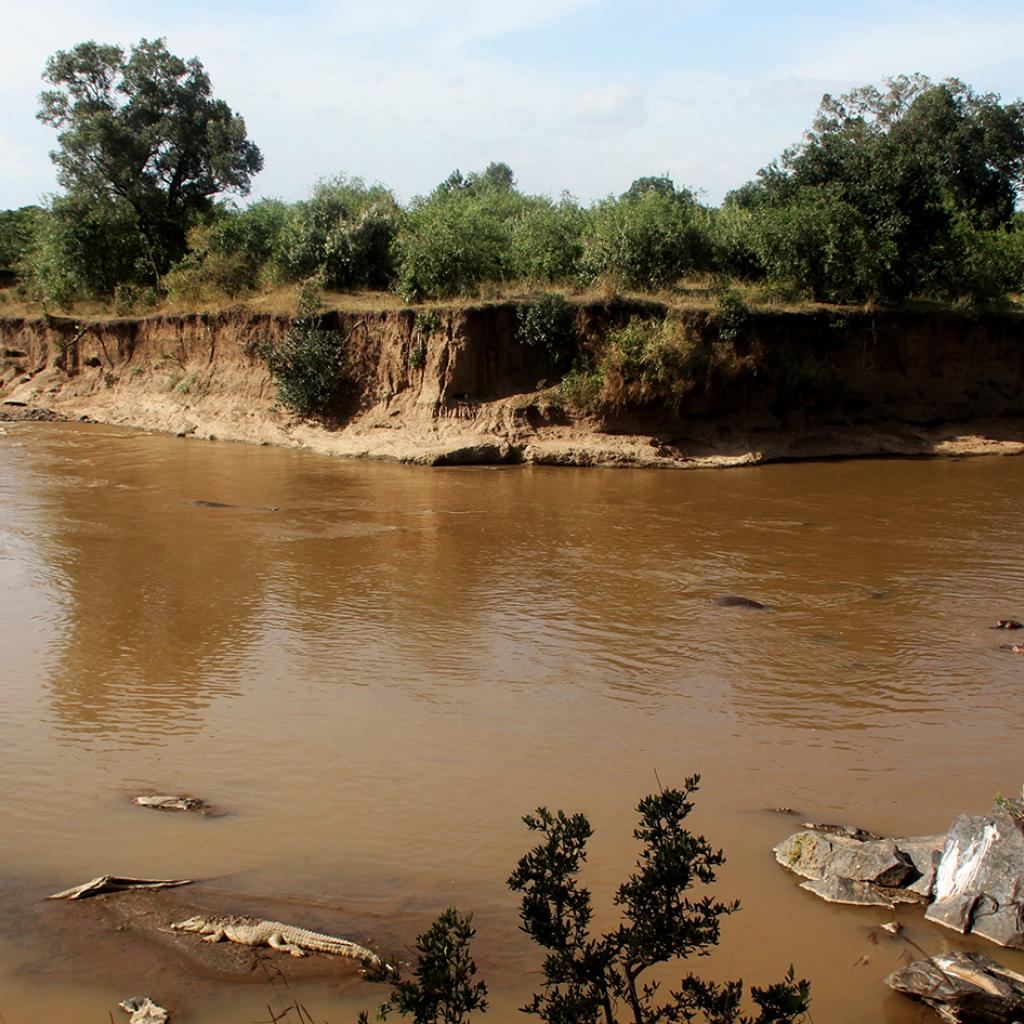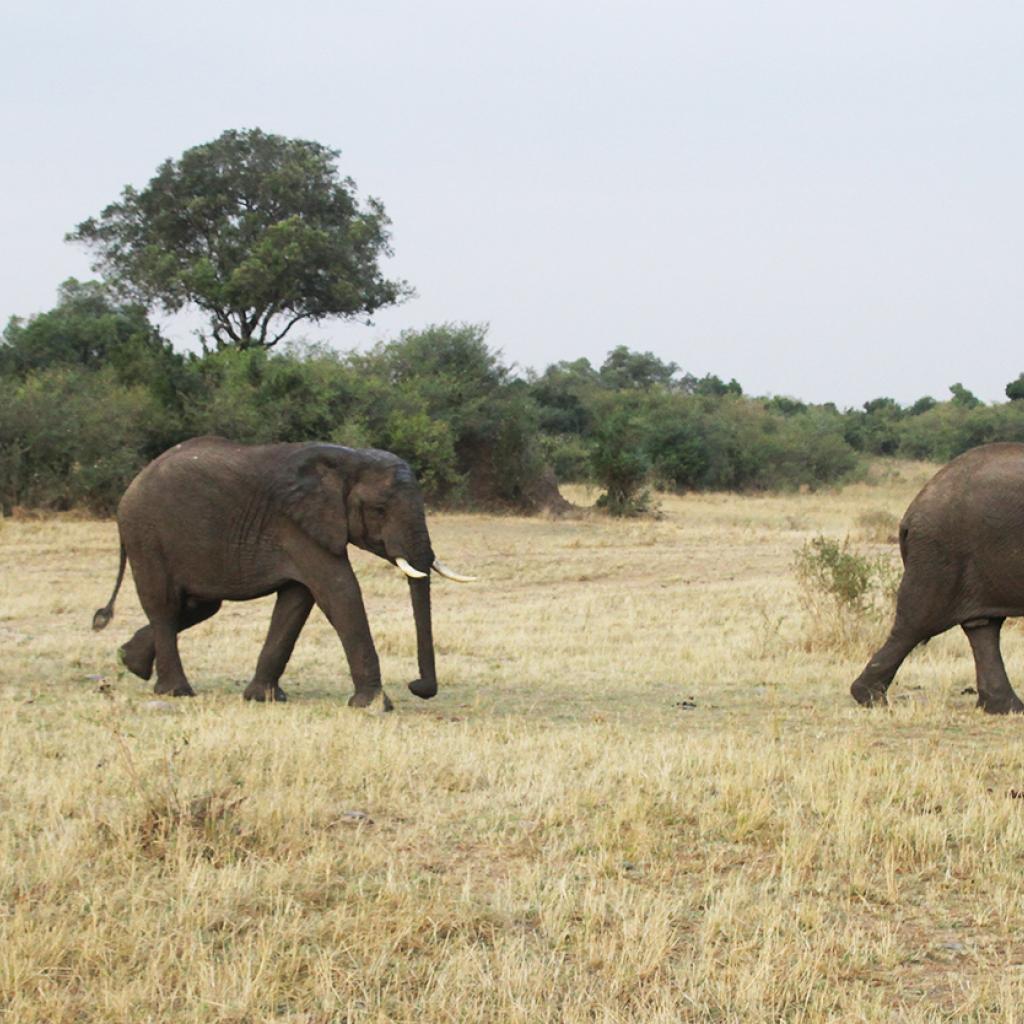In recent decades, we are seeing a decrease of wild animals all over the African continent and, unfortunately, the Great Masai Mara ecosystem is not immune; this not only affects the species that are victims of large-scale poaching, as elephants, that are killed for ivory or rhinos, that are brutally decimated for their horns, or lions and apes for trophies; but the massacre also involves all the other animals that inhabit the savannah and forests.
The numbers speak for themselves, and unfortunately, they depict a apocalyptic scenario: for example, in less than 20 years, in the Masai Mara we have witnessed the loss of 95% of giraffes, 80% of warthogs, 76% of hartebeests and 67% of impalas.
The causes of this environmental disaster are different and they are all due to the presence and action of humans.
Primarily the demographic growth is threatening wildlife, under different aspects; in particular the construction of buildings, roads and railways, as well as the increase of farmed fields close to the conservation areas restrict the movements of the animals that usually go outside the boundaries of these areas; a further obstacle is the increase in the number of Maasai villages within the Conservation Area.
Excessive development of tourism, especially if not properly regulated, may involve a problem for wildlife conservation: lodges and tented camps are a barrier to the movement of animals, are a source of pollution for the Mara River and its tributaries; furthermore, in private reserves where tourists go on off-road driving, the soil and vegetation deteriorate.
Last but not least, poaching, either that practiced for meat both for subsistence or commercial reasons, namely the trade of ivory, horns and trophies, is a major cause of the decrease of animals and the destruction of vegetation, not only in the Masai Mara, but also throughout the African continent.
The main challenges of the Great Masai Mara ecosystem to survive
- Demographic growth
- Excessive and uncontrolled tourism development
- Increase in off-road driving in the reserves
- Exploitation of the Mara River Basin
- Poaching
A series of initiatives have recently been implemented in the Great Masai Mara ecosystem to provide a remedy to some environmental issues, namely a ten-year Management Plan has been conceived to tackle and handle certain issues in a synergistic and holistic way; this plan is advocated by the Mara Conservancy that groups various private reserves, the Transmara County Council, that manages the Mara Triangle and the Narok County Council, that runs the National Masai Mara Reserve.


